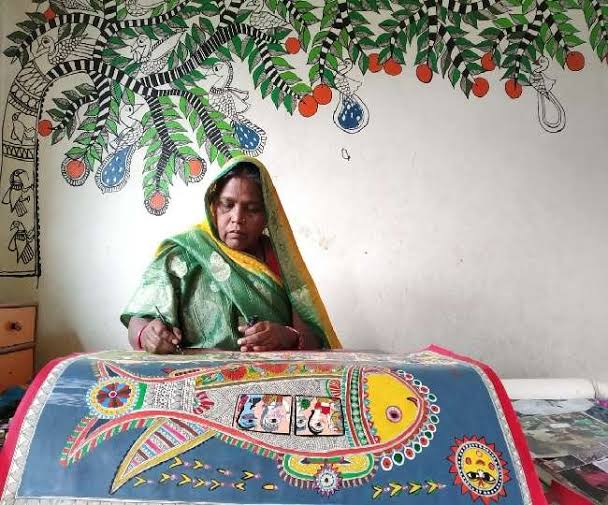




Context
About
Madhubani Painting
Origin
Characteristics
Styles & Theme
Centres
Recognition
https://www.pib.gov.in/PressReleasePage.aspx?PRID=1771060










© 2025 iasgyan. All right reserved